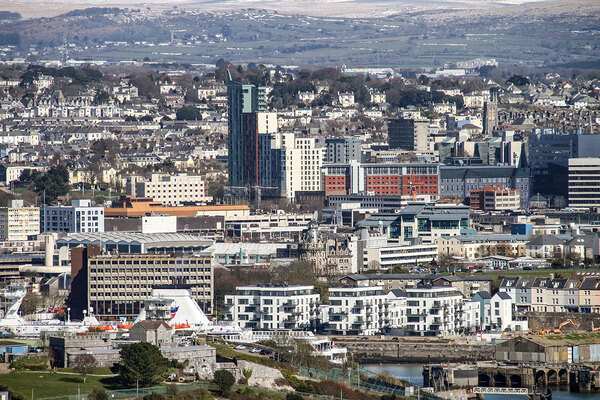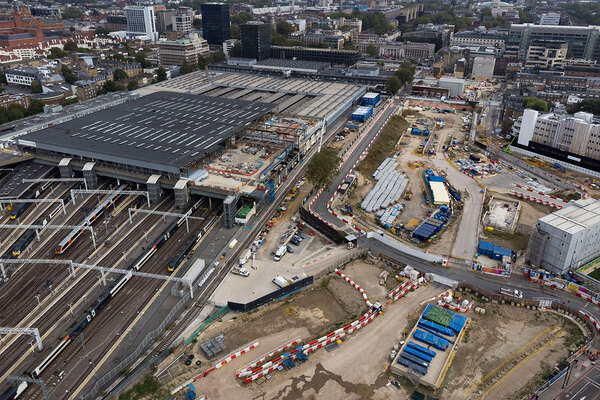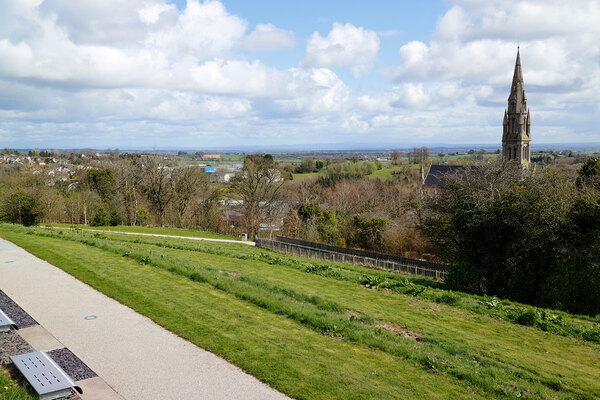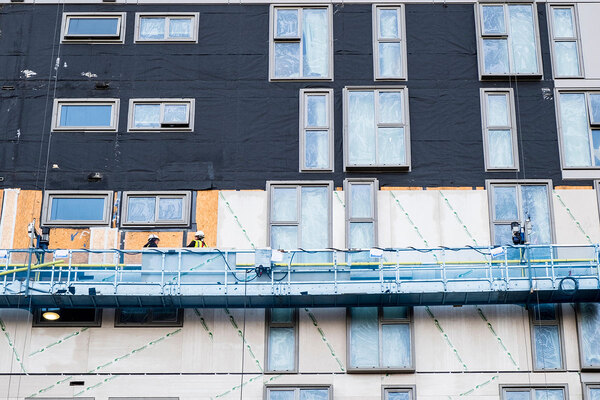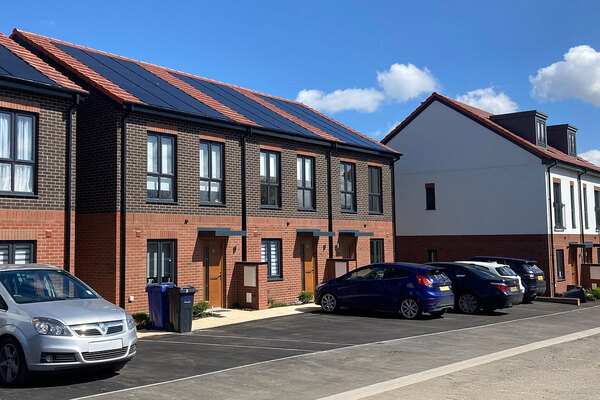You are viewing 1 of your 1 free articles
Substance not style: focusing on the aesthetics of new housing misses the point
Labour’s design opinions undermine its urgent mission of building 1.5 million new homes, writes Ivor Phillips, director of architecture at Broadway Malyan
The UK’s housing crisis continues to grow. Despite the proclamations of successive governments, the number of homeless people and households has increased by 10% over the past five years and the housing market is so unbalanced that a whole generation has almost given up hope of ever owning a home. Recent reports show rental costs soaring and intense competition for every available property.
Against this background, a commitment by our new Labour government to a programme that will deliver a 40% increase in housebuilding – 1.5 million new homes during a first term in office – is surely a glimmer of hope on the horizon.
However, in recent weeks, Labour has opened up a new front in what is being described as the style wars, having veered into the late Roger Scruton’s territory with their own contribution to the ‘building beautiful’ debate.
Fresh from announcing the party’s housing targets at this year’s UKREiiF conference, Angela Rayner, Labour’s deputy leader and secretary of state for housing, communities and local government, announced that the government would eschew “identikit homes straight out of a catalogue” and instead put “tree-lined streets and townhouses” at the heart of its housing strategy.
The comments sparked a flurry of commentary from a number of eminent voices, including Ben Derbyshire, a former president of the Royal Institute of British Architects. He argued that the next generation of homes should be promoted with “real design quality in mind, not historical, aesthetic populism”.
This is an entirely sensible position and one that will have found significant support in architectural studios, and hopefully within local communities, up and down the country.
“Conversation around the style of housing is a distraction from the more fundamental issues underpinning our chronic inability as a nation to build enough new homes”
But as important as this conversation around the style of housing that the UK needs today and into the future is, it is a distraction from the more fundamental issues underpinning our chronic inability as a nation to build enough new homes, namely, the rigidity of the UK’s development control system and, more importantly, the diminishing resources and capacity of local planning authorities.
A lot has been written about the adversarial nature of the UK planning system, and the challenges for any developer looking to take forward a site, particularly at the scale necessary to make a dent in the government’s ambitious targets. The process is complex and demands a lot of investment without certainty.
Across the North of England, we are working on a number of strategic sites that have the potential to completely reframe the region’s post-industrial landscape, with new super-connected and sustainable communities. Two of these, both at masterplan stage, in Trafford in Greater Manchester and St Helens in Merseyside, will go out to public consultation in July.
Both are hugely exciting opportunities to provide thousands of new homes and employment opportunities. Yet, even after years of work to get to this point, it could realistically be another decade before the vision for these two sites is fully realised.
These sites are destined to become new communities that deliver social, environmental and economic value through place-led design, the antithesis of the “identikit housing” so bemoaned by Ms Rayner. Yet the longer it takes for a site to achieve planning, the more expensive the process becomes and the less money there is to invest in high-quality design, construction and materials.
According to the Royal Town Planning Institute, more than a quarter of planners left the public sector in the past decade. Budget restrictions have led to unmanageable workloads and created huge difficulties for councils in recruiting and retaining staff.
Planning authorities desperately need to be better resourced generally. They must also have the capacity to create robust local plans and development frameworks, so that they can guide development towards outcomes that will be more acceptable in the local area, smoothing the path to delivery.
Collaboratively generated design codes that provide clarity around delivery and construction methodologies and costs would help, so that when a developer is seeking to invest in a site, they have a much clearer picture of what they are investing in and the challenges that may await.
“New housing targets have no basis in reality unless local authorities are given the resources and the capacity to expedite the planning and delivery process”
Design initiatives like these, providing clarity and quality to robust plan-making, and made possible by long-term patient capital models for finance, are one of the ways in which the architectural profession best serves an ambitious growth agenda.
New housing targets have no basis in reality unless local authorities are given the resources and the capacity to expedite the planning and delivery process in a way that supports the required investment in creating beautiful and liveable places.
Unfortunately, there are no particularly quick wins for the new government. However, making pronouncements on its interpretation of good design or how it will reduce issues around nimbyism in the planning process is not tackling the giant elephant in the room.
Reversing more than a decade of public sector cuts has not been a battle that a nervous Labour Party has been particularly keen to fight up to now, and yet if it is going to deliver the kind of numbers it is proposing, then this is one war that it is going to have to win.
Ivor Phillips, director of architecture, Broadway Malyan
Sign up for our development and finance newsletter
Already have an account? Click here to manage your newsletters
Sign up to the Social Housing Annual Conference 2024
The two questions of whether to invest funds in revitalising existing stock or in the development of new affordable homes, and how to raise social housing investment, are inextricably linked.
That is why the Social Housing Annual Conference is now running alongside the Inside Housing Development and Regeneration Summit, giving you the opportunity to gather comprehensive insights to inform your key strategic decisions in just one day.
Join 600 senior leaders with a common vision of funding and delivering quality, affordable homes and places for tenants and residents.


